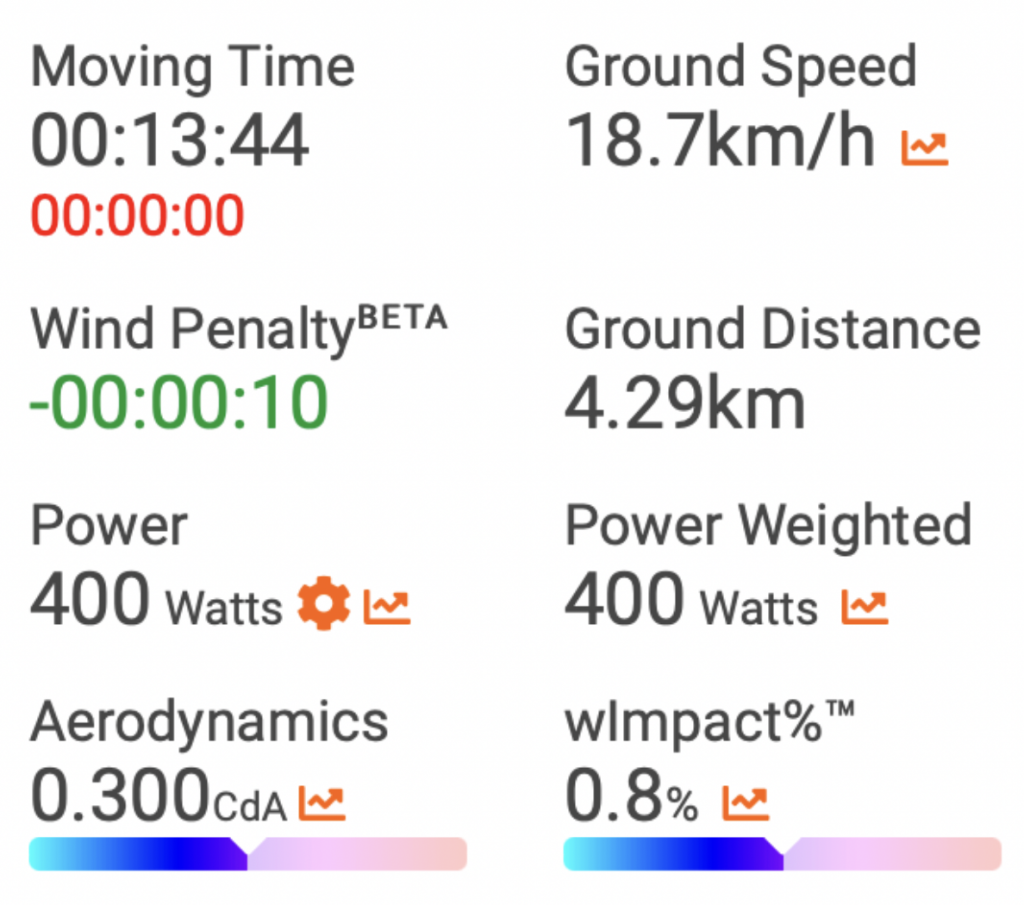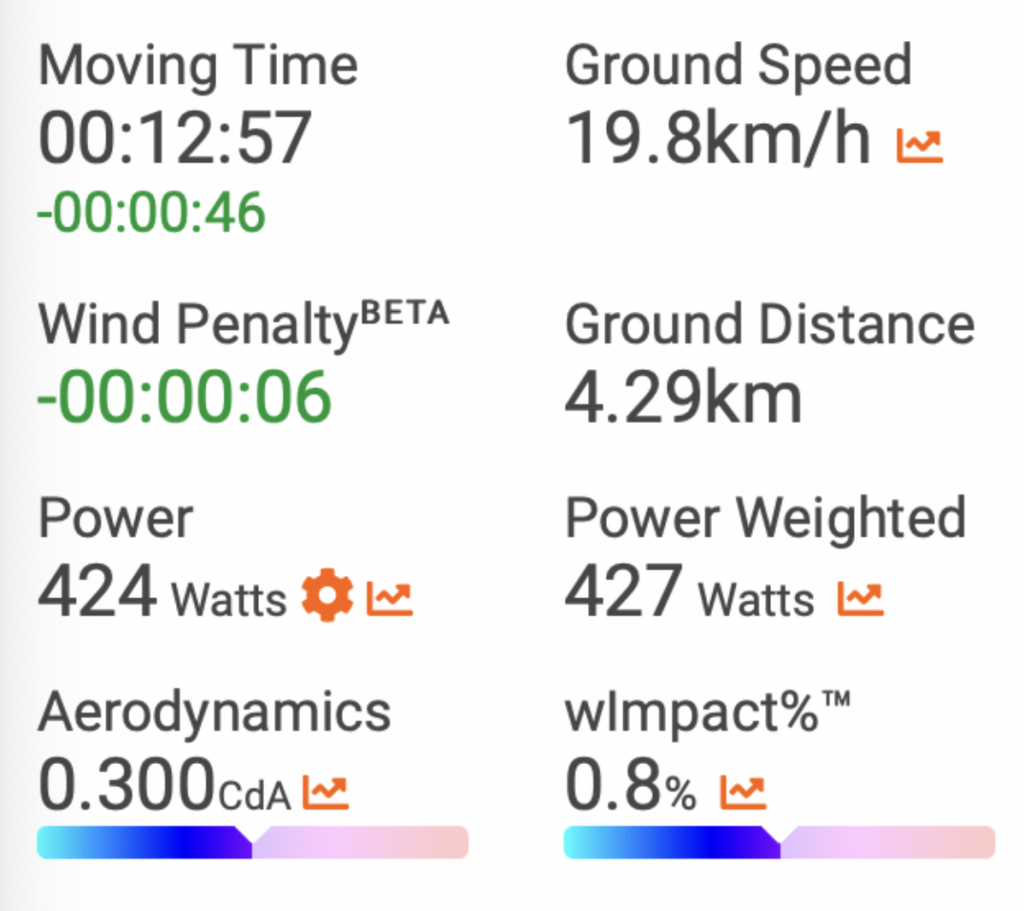In 2023 the National Hill Climb championships are being held on “The Struggle” – an iconic British climb.

This blog isn’t a preview of the national champs, but more of a lesson in how you might want to pace the effort. For our purposes today, we will assume a 70kg rider with the ability to average around 400W for the duration of the climb, also as this is a hill climb let’s assume our rider’s bike plus kit weighs 6.5kg giving us a system mass of 76.5kg.
A brief note on aerodynamics
The average speed for a rider doing 400W as a perfectly smooth effort up this climb is high enough for aerodynamics to play a small but not insignificant role – accounting for roughly 10% of resistive forces. A reduction in cda from 0.4 to 0.3 is worth 16 seconds under these conditions and a further reduction to 0.2 (essentially a time trial position would be required for this) is worth another 20s. For today, we will set the cda of our rider to be 0.3, which is a rough assumption as hands on the hoods with slightly bent elbows.
Test run 1: A perfectly smooth effort
I know we do this on almost every blog at the moment but optimising the power distribution over a course can lead to significant time savings.

Using the gradient distribution to set some pacing rules
One neat feature of myWindsock is the ability to view the gradient breakdown of a course. During a climb this is particularly interesting as we can see how much the gradient is lying to us – ie how true is the 8.4% average to reality? Let’s take a look…

As with any pacing plan, it has to be realistically implementable thus our rules should be simple. Let’s say that anything less than 6%, we ride at 300W, anything from 6-12% we ride at 400W and anything above this we ride at 450W… What does this do to our average power and the average time for the ride?

Now we need to find a means of reducing our average power, one way might be to get aero as the speed increases. Let’s tuck down above to 20kph and reduce our cda to 0.25, this saves another 7 seconds giving us the ability to reduce the power in other sections. Reducing our flat power to 200W (essentially a brief recovery ¾ of the way up the climb) we can get that average power down to 414W. Finally, we further reduce the power on the flatter sections…

It’s hill climb season and tiny margins matter. Yes, differences in strategy based on pacing may only be worth 17s on a thirteen minute effort but this is enough to make the difference. If you’re already doing all the other marginal gains, myWindsock can make the difference between first and tenth! Sign up here today.

 UK Time Trial Events
UK Time Trial Events




